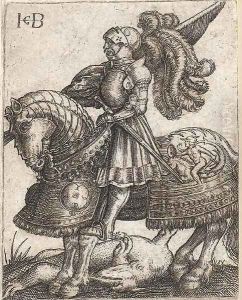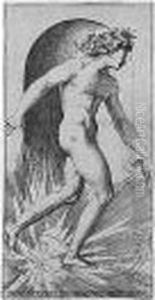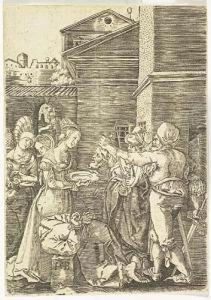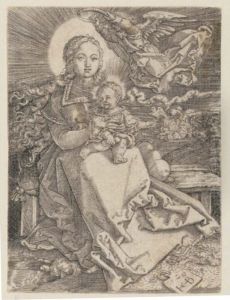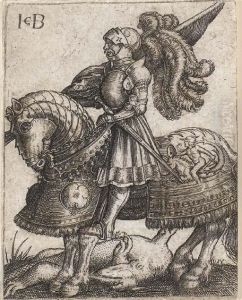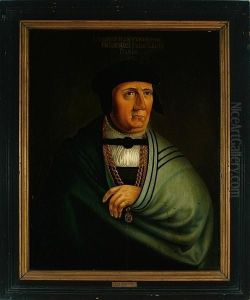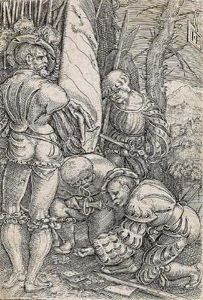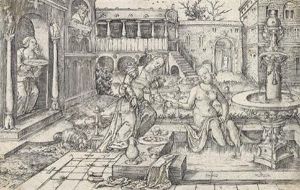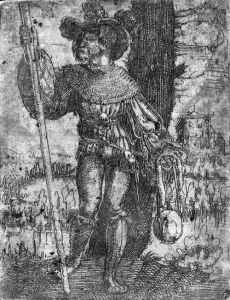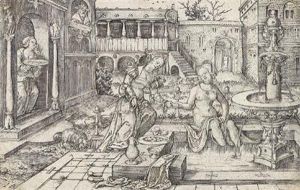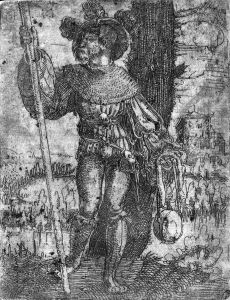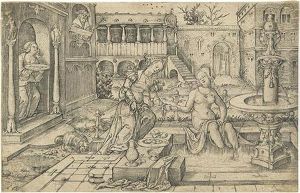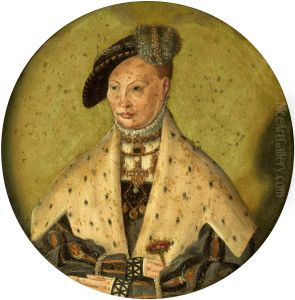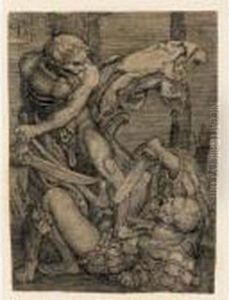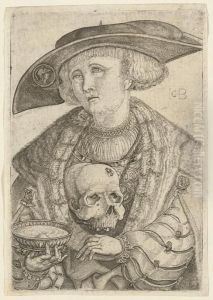Jacob Binck Paintings
Jacob Binck, also known as Jakob Binck or Bink, was a German Renaissance engraver and painter born around 1500. His exact place of birth remains uncertain, though it is often attributed to Cologne or Meissen. Binck's early life is largely undocumented, but it is believed that he received his initial artistic training in the vibrant cultural landscape of Germany or the Low Countries.
Binck's work as an artist took him across various parts of Europe, including a significant period in Denmark, where he served at the court of King Christian III. His role at the court, beginning around 1533, involved creating portraits and decorative works, showcasing his versatile skills as both a painter and engraver. Binck's engravings, particularly his portraits, were highly regarded for their technical skill and depth of character. His style was influenced by the Italian Renaissance, yet it retained a distinct northern European character, blending intricate detail with a keen observation of human nature.
Throughout his career, Jacob Binck was known for his masterful engravings, which often depicted religious scenes, mythological subjects, and portraits. Among his notable works are engravings of Martin Luther and Emperor Charles V, reflecting the artist's engagement with the prominent figures of his time. Binck's ability to capture the nuances of his subjects' personalities and his sophisticated use of line and shadow in his prints earned him a place among the notable artists of the 16th century.
Despite his contributions to Renaissance art, detailed records of Binck's life and work are sparse, and much of what is known has been pieced together from his surviving works and a few historical documents. After his stint in Denmark, he returned to the Holy Roman Empire, where he spent the latter part of his career. Jacob Binck died in 1568 or 1569, leaving behind a legacy that, though not as widely recognized as some of his contemporaries, remains significant for the study of Renaissance engraving and painting.
